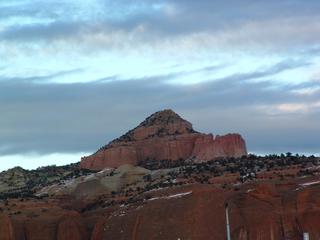New Mexico's latest media blitz.....
It is quite clever and to the point!
Remember, only YOU can prevent forest fires!
http://www.nmfireinfo.com/docs/Red_Green_poster.pdf


 Future SAR dog
Future SAR dog Click on picture for a larger view!
Click on picture for a larger view! Teams signing out at base camp - Mock Search in Albuquerque, New Mexico
Teams signing out at base camp - Mock Search in Albuquerque, New Mexico 
 Scenario: You and your extended family are enjoying a picnic in the forest on the 4th of July. Everyone is relaxed, there's plenty of food and drinks and the kids are having a blast running through the trees. There is a great sense of freedom at being outdoors on a beautiful summer day. The forest is a familiar one, close to town and most of you have been here several times. The altitude starts at about 7000' and rises to 10,000' in some places. There are a few small ponds and a couple of little streams but no huge rushing river. There are ridges rising all around you and canyons off in the distance. Altogether a spectacular view!
Scenario: You and your extended family are enjoying a picnic in the forest on the 4th of July. Everyone is relaxed, there's plenty of food and drinks and the kids are having a blast running through the trees. There is a great sense of freedom at being outdoors on a beautiful summer day. The forest is a familiar one, close to town and most of you have been here several times. The altitude starts at about 7000' and rises to 10,000' in some places. There are a few small ponds and a couple of little streams but no huge rushing river. There are ridges rising all around you and canyons off in the distance. Altogether a spectacular view!